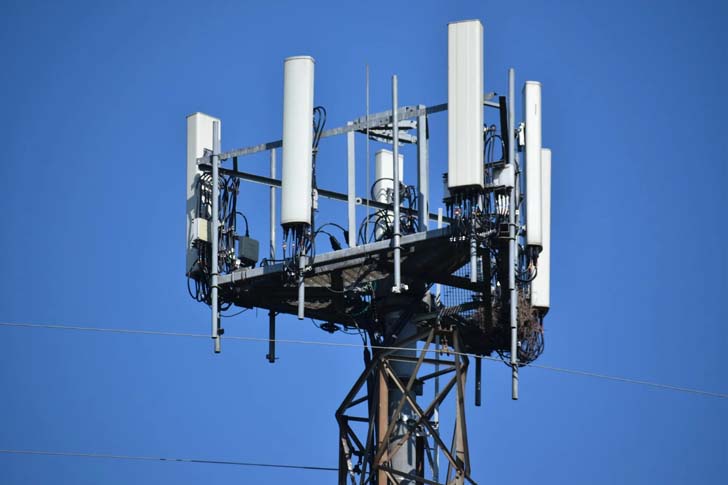Locating Your Nearest 5G Tower: Practical Tips and Tools
In the rapidly advancing world of mobile technology, 5G has emerged as a game-changer. Offering significantly higher speeds and lower latency than its predecessors, 5G is poised to revolutionize how we use and interact with internet-enabled devices. However, to take full advantage of these benefits, it’s key to know how close you are to a 5G tower. This article offers a comprehensive look into how you can locate a 5G tower nearby, backed by solid facts and devoid of hyperbole.

Understanding 5G and Its Infrastructure
Before delving into locating 5G towers, it’s essential to understand what 5G is and how it’s deployed. 5G stands for “fifth generation” and is the latest iteration of cellular technology, engineered to increase the speed and responsiveness of wireless networks. As per a report from the Global mobile Suppliers Association, as of 2023, there are over 200 5G networks globally, indicating rapid growth and adoption.
5G networks operate primarily on three spectrum bands: low, mid, and high. The high-band spectrum, also known as millimeter wave, can offer speeds up to 1-2 Gbps but has a shorter range and poorer obstacle penetration. On the other hand, low and mid-band spectrums offer broader coverage but at slower speeds compared to the high-band.
How to Locate 5G Towers Near You
Locating a 5G tower involves a few strategies that you can employ easily:
**1. Use of Network Provider Maps:**
Most network carriers provide a map indicating where their 5G service is available. These maps are accessible on their websites and can provide information about the coverage area. For instance, Verizon offers a detailed map showing their 5G Ultra Wideband mobility service area, which also indicates the presence of 5G nodes.
**2. Apps and Websites:**
Several third-party websites and apps can help identify cell towers, including those for 5G. Apps like OpenSignal, Cellmapper, and Network Cell Info offer detailed maps and information about cell towers, including the specific type of technology each supports. Remember, the accuracy and update frequency can vary, so it might be wise to check multiple sources.
**3. Government and Regulatory Websites:**
In many countries, government or telecommunications regulatory authorities provide information on the locations of cell towers, which can include 5G towers. For example, in the U.S., the Federal Communications Commission (FCC) maintains a National Broadband Map that offers insights into coverage details across different frequencies and technologies.
What Factors Influence 5G Tower Locations?
Several factors determine where carriers install their 5G infrastructure. Population density is a significant determinant; areas with high population density offer more potential users, making them prime spots for 5G towers. Additionally, geographical features and urban architecture can impact where towers are erected, since structures such as tall buildings or natural obstructions can block or weaken 5G signals.
Practical Tips for Maximizing 5G Usage
After locating a nearby 5G tower, maximizing your 5G usage involves ensuring your device is compatible and that you are within a suitable range of the tower. Devices require a 5G-enabled chipset and compatible SIM card to connect to 5G networks. Moreover, being outdoors or close to windows can improve 5G connectivity, particularly if the 5G network in your area operates on the high-band spectrum.
Conclusion
While the deployment of 5G is growing rapidly across the globe, benefiting from this cutting-edge technology requires understanding its availability and setup in your vicinity. By utilizing carrier maps, dedicated apps, and government resources, users can pinpoint nearby 5G towers, thus opening the door to ultra-fast internet speeds and a more connected lifestyle.







Recent Comments